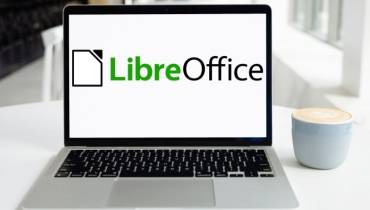Maximize Your Reach with Content Translation (What You Need to Know)

The best way to maximize the reach of your web content is by having it in as many major languages as possible. Even though over 55.5% of web content is published in English, a huge segment of the world population does not know English.
Did you know that out of a global population of 7.5 billion people, only 1.5 billion of them actually know English?
Such is the magnitude of the market segment you are not reaching should you choose to confine your web content to English alone. And this is where content translation comes in to help.
Growing Your Reach with Content Translation
We all know that in online business marketing content is king. It is, therefore, imperative that when undertaking content translation, you always preserve the original message and ensure it reaches the target consumer as intended.
That said, there are two main ways that you can go about content translation. You may opt for digital content translation tools or for the more traditional way- hiring a person to translate the content. You may also opt for a hybrid of both.
Of the two methods, each carries its own pros and cons as we shall see shortly.
I. Machine translation/Digital translation tools
This involves the use of specialized digital software tools which are automated to recognize and translate content from the original language to a target language.
Examples if this include Smartling and Google Translate. The main advantage with this method is that since it is automated, it is fairly expedient.
Besides speed, automated translation is much more affordable due to its availability. In fact, some of the digital translation tools such as Google translate are absolutely free! However, as stated earlier, automated translation is also fraught with challenges.
For starters, the software may miss the essence of the message being conveyed. Since they lack the human touch, the resulting content churned by an automated translator may sometimes distort the substance and spirit of the original message.
Unlike a human being, machines are incapable of appreciating context in some cases. Aspects such as idioms and other cultural subtleties can easily be lost on the machine.
At best, you may wind up failing to communicate and at worst, the automatic translation might even end up offending cultural sensibilities in your target audience.
As such, it is perhaps more advisable to limit automated or machine translation to content that is not culturally sensitive, lest you lose the substance of the message altogether.
II. Human translation
This is the oldest method of content translation and goes as far back as 3200 BC; when ancient Sumerians translated the Gilgamesh, an epic poem. The practice continued with Buddhist monks who would translate ancient scripture into Chinese.
Human translation involves hiring an individual who is proficient in both the language of the original text as well as the target language. This translator will then rely on his knowledge and expertise to construe the original text and package it in the target language.

The efficacy of human translation as compared to machine translation lies in the fact that humans are attuned to grasp nuances of language and meaning that a machine may otherwise miss. For example, in every language, there are various levels of formality, slang and dialects. A human who is proficient in both languages will be in a position to detect the tonal inclination of the original text and translate it with near-perfect precision.
Apart from the individual freelance translator, human translators are also available through professional translation companies and crowd platforms. While traditional agencies have a limited number of translators working for them, they use very minimal technology which means your translation is completely human generated. This may result in a longer completion period for the task and greater expense, but you are more assured of a greater product due to the advantages that come with the ‘human touch’ as earlier discussed.
Crowd platforms on the other hand, engage a greater number of people and incorporate machine translation as part of their operations. Their output volume is therefore much higher compared to their more traditional counterparts.
It also goes without saying that the cost of engaging a crowd platform is relatively lower compared to that of a traditional translation agency. This is because Crowd platforms integrate machine translation by employing software designed to suit their translation purposes. For example, crowd translation platforms that deal with similar or repetitive content use translation memory software to store previously translated content for use on similar future projects.
Conclusion
All said and done, the best translation is that which preempts the downsides by adopting a hybrid approach. Unless it is highly sensitive material that can only be done using 100% human translation, it is worth considering an integrated approach that enables you to have a human review of the machine translated material to ensure fluency and compatibility with the target audience while saving on time and expense.








![81% of Brits Plan to Support Small Businesses this Christmas [Study]](/sites/default/files/styles/video_thumbnail_bottom/public/woman-shopping-small-business.jpeg?itok=SK3JqPQ_)












